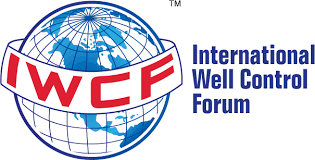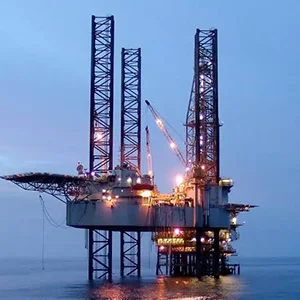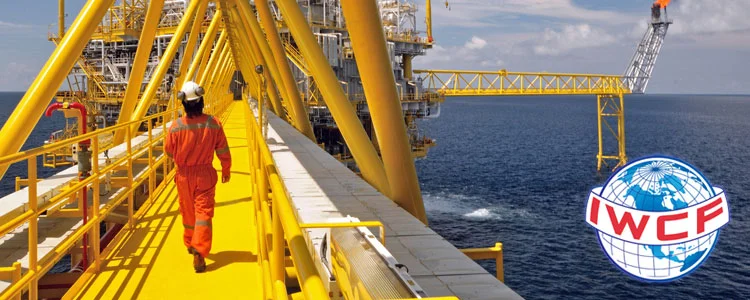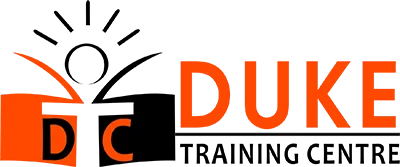IWCF Drilling Well Control Certification Training in Abu Dhabi
IWCF-Well Intervention Pressure Control Training – Course Major Topics

The course provides an understanding of pressure control methods related to well-servicing methods and equipment. The following certification options are provided:
- Completion Operations (compulsory)
- Completion Equipment (compulsory)
- Coiled Tubing Operations (optional)
- Wireline Operations (optional)
- Snubbing Operations (optional)
Course participants must attempt both compulsory and one or more optional components in a combined certification programme. To obtain a combined certificate, participants must pass each component they have been nominated for. Furthermore, participants may choose to sit the IWCF assessment examination as either Level 3 (Operator) or Level 4 (Supervisor) in one, two or three equipment categories (wireline, snubbing and / or coil tubing). The IWCF certificate is endorsed with the achieved assessment. The course is led by instructors with extensive experience in well services and is delivered through Classroom / Online theories, case studies, group discussion as well as practical simulator exercises.
Course Objectives
The IWCF Well Intervention Pressure Control level 3 & 4 course is designed for operators and supervisors and provides the knowledge and skills necessary to effectively and safely control a well during well intervention operations. The IWCF Certification in Norway is a government imposed certificate for leading well service personnel and must be renewed every two years. The Course is suitable for Drillers / Drilling Supervisors / Well Service Supervisors / Well Intervention Supervisors and Senior Operators and Equipment Operators.
Course Major Topics:

- Pressure control incidents during well intervention
- Well integrity requirements
- Annulus pressure monitoring during well intervention operations
- Maximum Allowable Annulus Surface Pressure (MAASP)
- Risk management, main principles and implementation
- Management of change process
- Well control drills as a part of well control
- Well control training and assessment, importance for pressure
- control during well intervention operations
- Well handover, well barrier integrity confirming
- Introduction to well control
- Hydrostatic pressure, calculations
- Calculation of pressure and volumes
- Tubing and annulus pressures
- Formation pressure, normal, abnormal, subnormal, Formation of injectivity pressure (LOT)
- Fracture pressure, its influence on well integrity
- Primary well control, comparison of drilling and well intervention
- Secondary well control
- Pressure and volumes handout
- Barrier philosophy in well intervention operations
- Barrier envelope and barrier elements
- Primary and secondary barriers
- Barrier management
- Blowout preventers and shearing devices
- BOP elastomers
- Verification of barriers
- Testing of barriers, procedures, documentation
- Inflow testing
- Equipment integrity testing
- Barriers handout
- Well completion methods and equipment
- Xmas Trees
- Wellhead and tubing hanger

- Tubing, materials, movement and its consequences
- The use of flow couplings
- Subsurface safety valves and annular safety valves
- The use of side pocket mandrels (gas lift, circulation)
- Sliding sleeves, circulation and flow control devices
- Packers, polished bore receptacle (PBR) and extra long tubing seal receptacle (ELTSR) Landing nipples and plugs Types of wireline entry guides (WEGs), their use Completion equipment handout
- Different types of influx Gas laws
- Gas migration up a well and its influence on surface and well bore pressures
- Well shut-in, principles and procedures
- Shut-in tubing pressure and shut-in casing pressure
- Pressure gauge limitations and problems
and Much More……………..







